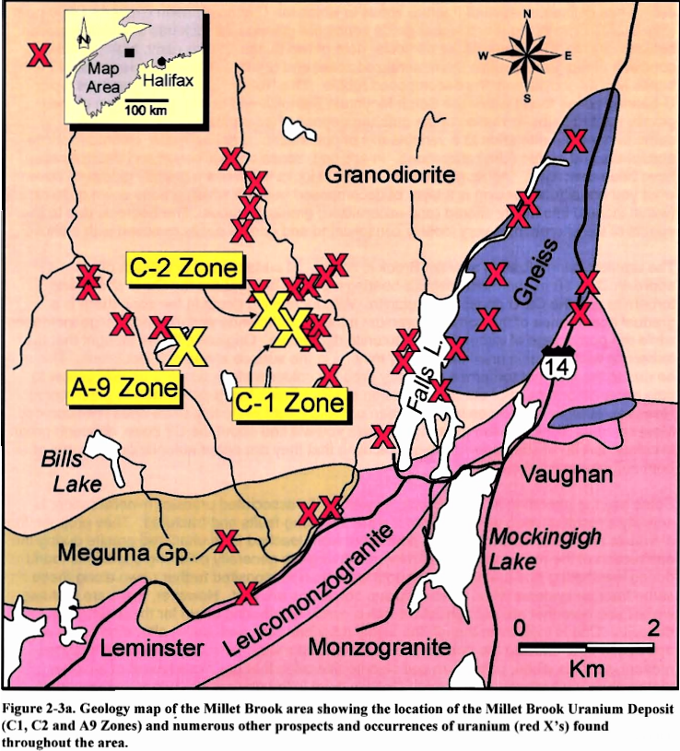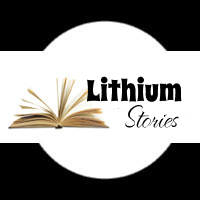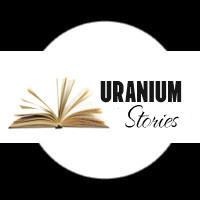- Why Mining Matters
- Jobs
- Safety
- Environment & Operations
- FAQ
- Links
- Fun Stuff
You are here
Millet Brook
The Government of Nova Scotia repealed its uranium ban in March and now it is conducting a Request for Proposals to explore three areas with known uranium deposits. One of them is Millet Brook.
Uranium occurrences were found all over Nova Scotia in the late 1970s and early 1980s before a moratorium on uranium exploration – adopted in the middle of an election campaign and without scientific basis – prevented further exploration. Repealing the ban sends an important signal that Nova Scotia is open for business and committed to science-based decision making.
The largest known uranium deposit in the province is in the Millet Brook area northwest of Vaughan, Hants County. The deposit was discovered in 1978 by the Aquitaine Company of Canada, a subsidiary of Societe Nationale Elf Aquitaine of France, a French exploration company.
Aquitaine was exploring Nova Scotia’s granites because of their geological similarity to the Massif Centrale in France, a region that had several uranium mines at that time. A combination of exploration methods, including diamond drilling and geophysical surveys conducted by helicopter, confirmed the presence of uranium mineralization in Millet Brook.
Aquitaine’s interests were purchased by Kidd Creek Mines Ltd. which continued exploration on the property. Dozens of other prospective sites were found in the area (marked by the red Xs in the map below).
The Millet Brook Uranium Deposit – the combination of the three yellow Xs in the map - is known to have at least 1.3 million pounds of 0.2% uranium.
Unfortunately, further exploration of the deposit to determine its size was prevented when the Government of Nova Scotia implemented a moratorium on uranium exploration and mining in 1981.
Kidd Creek Mines were bought by Falconbridge Ltd. in 1986. Falconbridge’s goal was to secure Kidd Creek’s metals holdings in other jurisdiction and the Nova Scotia uranium deposit just happened to be part of the deal. In the mid-1990s, Falconbridge reclaimed Kidd Creek’s exploration trenches and sold their buildings.
Ending Nova Scotia’s uranium ban allows the industry to do exploration and determine whether our uranium deposits, including Millet Brook’s, are economically-viable. It also generates more data on the province’s geology which governments can use to help keep Nova Scotians safe from geohazards like radon and uranium in drinking water.
Uranium is key to achieving climate goals because it's the fuel for emissions-free nuclear power. Many countries, including Canada, have committed to tripling nuclear power as part of efforts to achieve Net Zero. This will require huge additional quantities of uranium in coming years, and there are concerns about shortages.
Uranium also makes possible things like smoke detectors and medical equipment and procedures, such as radiation therapy treatments for cancer patients.
The Canadian Nuclear Safety Commission, the federal regulator of uranium mines, says, “Mining activities are safe for the health of people and the environment…” (https://www.cnsc-ccsn.gc.ca/eng/resources/mythbusters/).
Saskatchewan has been one of the top suppliers of uranium globally since the 1950s. If uranium actually caused the problems that some allege, the people of Saskatchewan would tell us so. Instead, 83% of people in Saskatchewan support uranium mining, according to polling (www.cameconorth.com/sites/default/files/documents/CCO-Polling-Summary-12...).



















































































